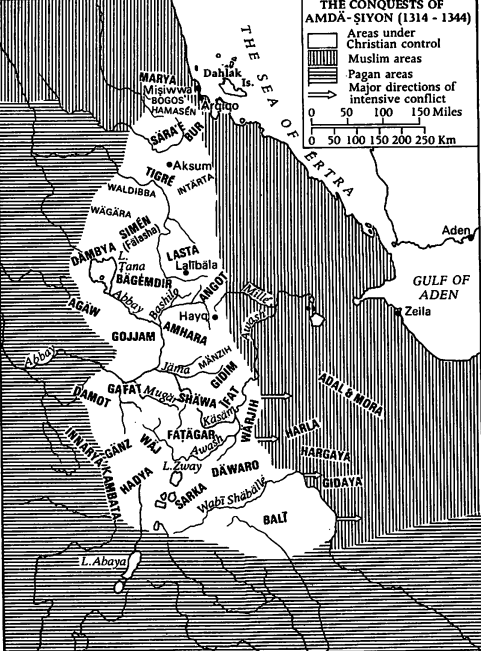
664BC "Dream Stela" of Kushite king/Egyptian pharaoh Tanwetamani
-nubian museum
#randomxt
The stela narrates Tanwetamani's "restoration of the double kingdom of Kush and Egypt from the condition of chaos " after he'd defeated Necho I and the delta & sais chiefs in 664BC
-nubian museum
#randomxt
The stela narrates Tanwetamani's "restoration of the double kingdom of Kush and Egypt from the condition of chaos " after he'd defeated Necho I and the delta & sais chiefs in 664BC

Originally erected in the Jebel Barkal temple in sudan and written in hieroglyphic by a scribe from napata, this dream stela emulated the language of Piye's 'Great Triumphal Stela (Piye was a kushite king who conquered Egypt and established the 25th dynasty in 760BC)
But this fragile peace was short-lived as the Assyrians under Assurbanipal invaded Egypt again in 664 and sacked Thebes
upper Egypt remained loyal to Tanwetamani until 656BC when Psamtik's daughter was adopted as the "God's wife of Amun" elect by the reigning Kushite princes thus
upper Egypt remained loyal to Tanwetamani until 656BC when Psamtik's daughter was adopted as the "God's wife of Amun" elect by the reigning Kushite princes thus
ending Kush's 96-year long rule of Egypt
cc:
detailed read:
The Image of the Ordered World in Ancient Nubian Art
by László Török (from pg 406-413)
books.google.co.ug/books/about/Th…
general:
The Double Kingdom Under Taharqo
by Jeremy W. Pope
books.google.co.ug/books/about/Th…
cc:
detailed read:
The Image of the Ordered World in Ancient Nubian Art
by László Török (from pg 406-413)
books.google.co.ug/books/about/Th…
general:
The Double Kingdom Under Taharqo
by Jeremy W. Pope
books.google.co.ug/books/about/Th…
• • •
Missing some Tweet in this thread? You can try to
force a refresh

























